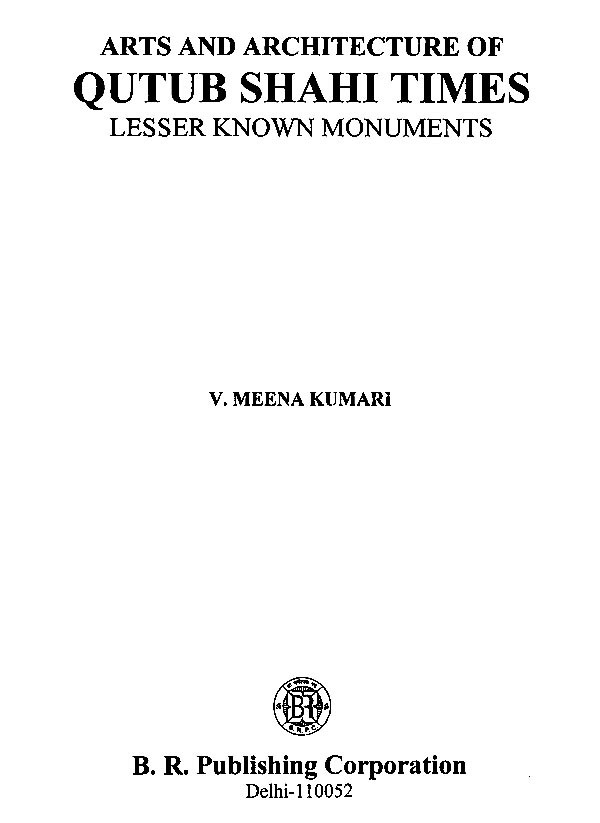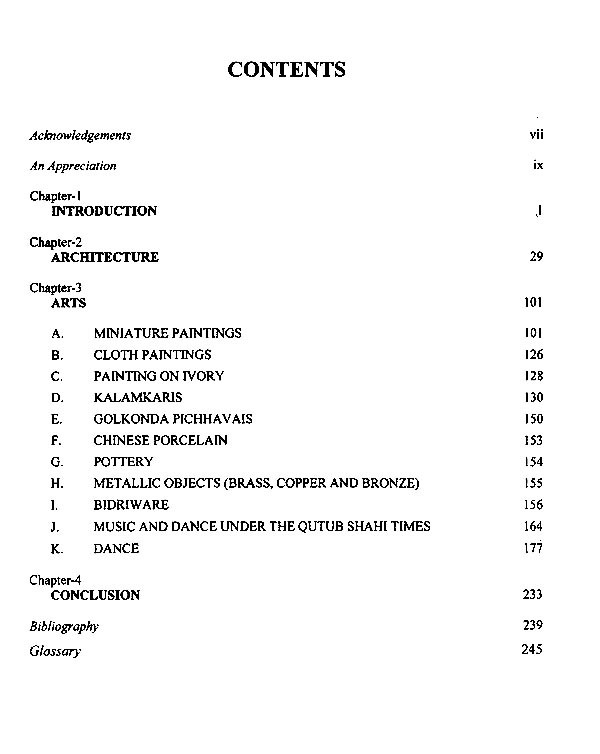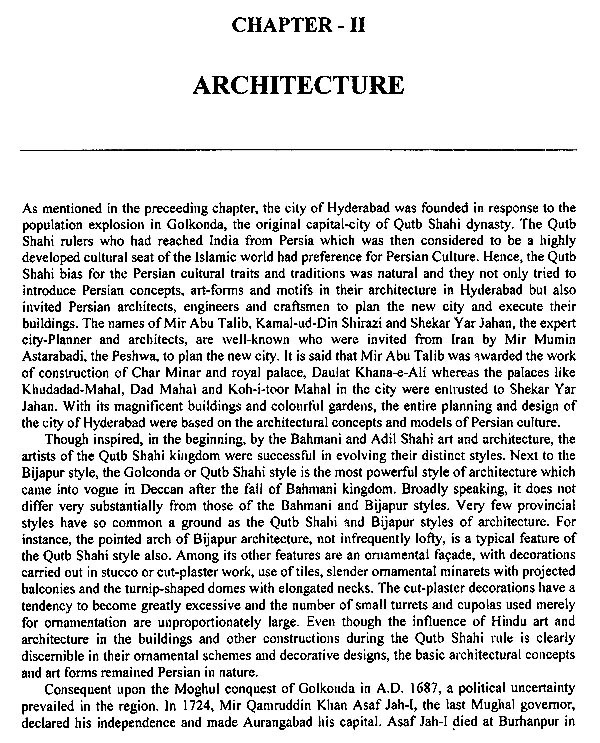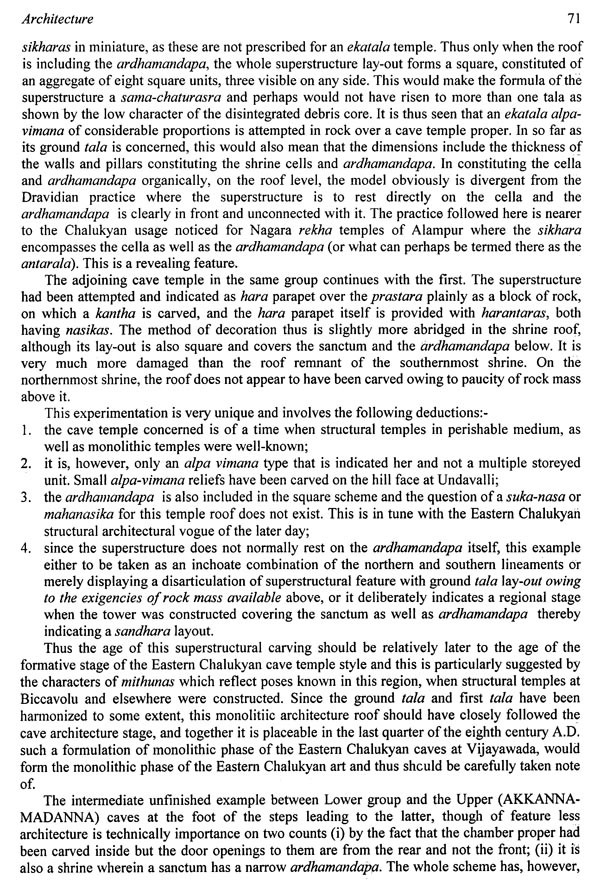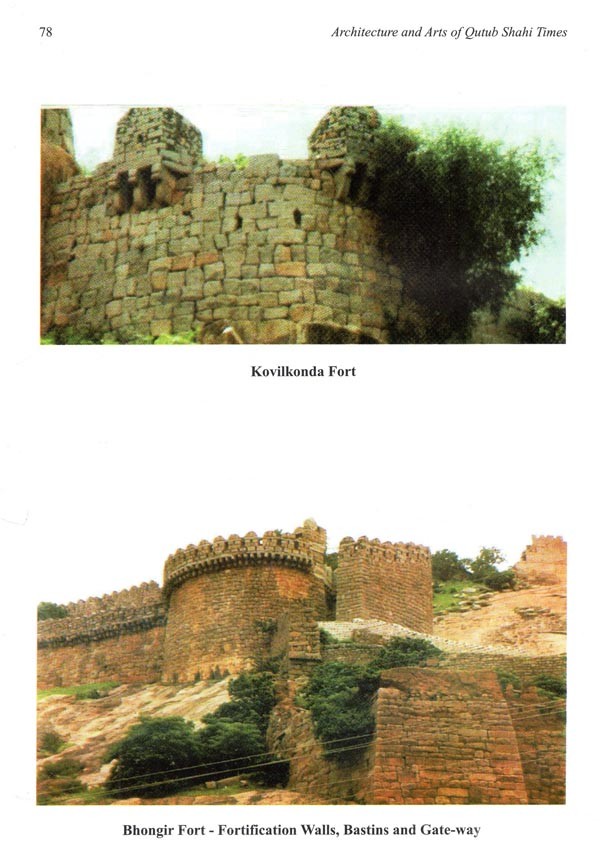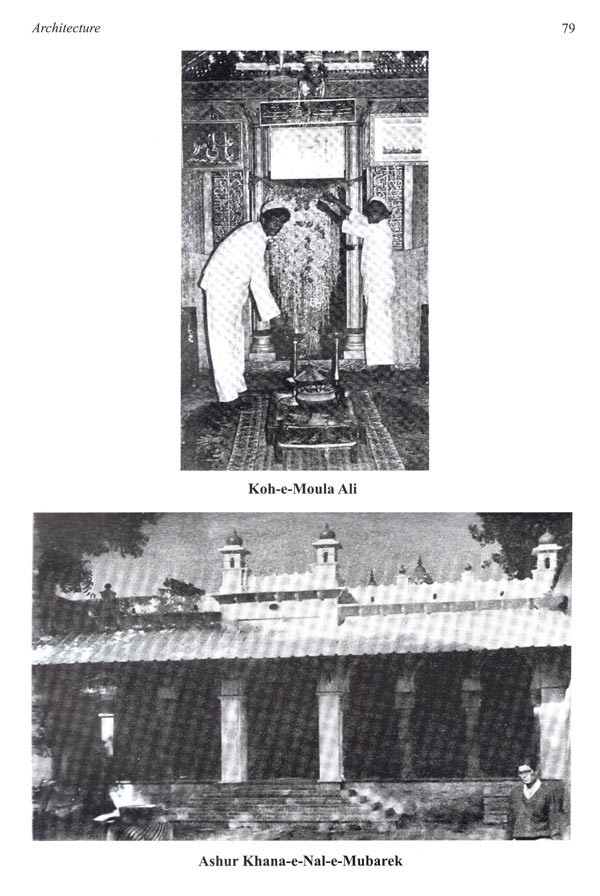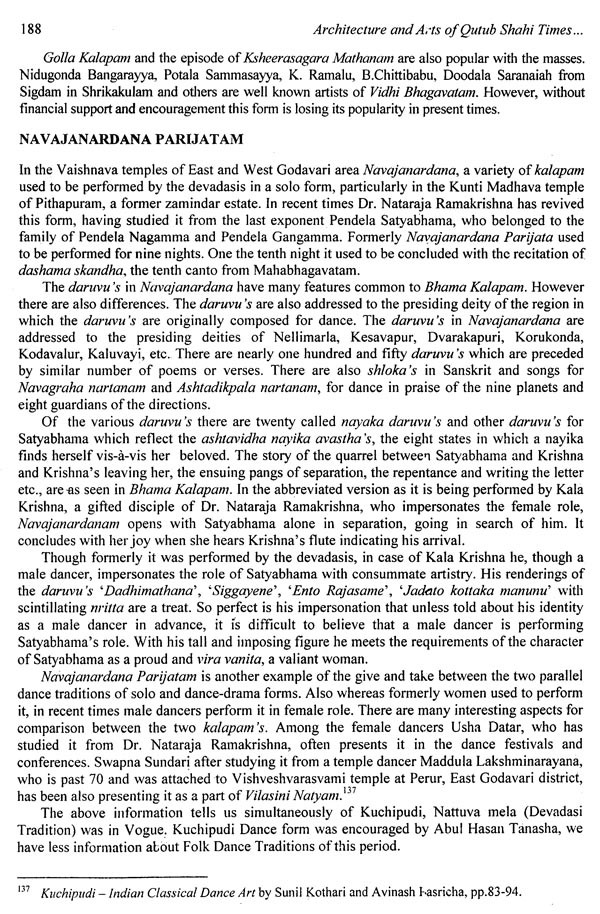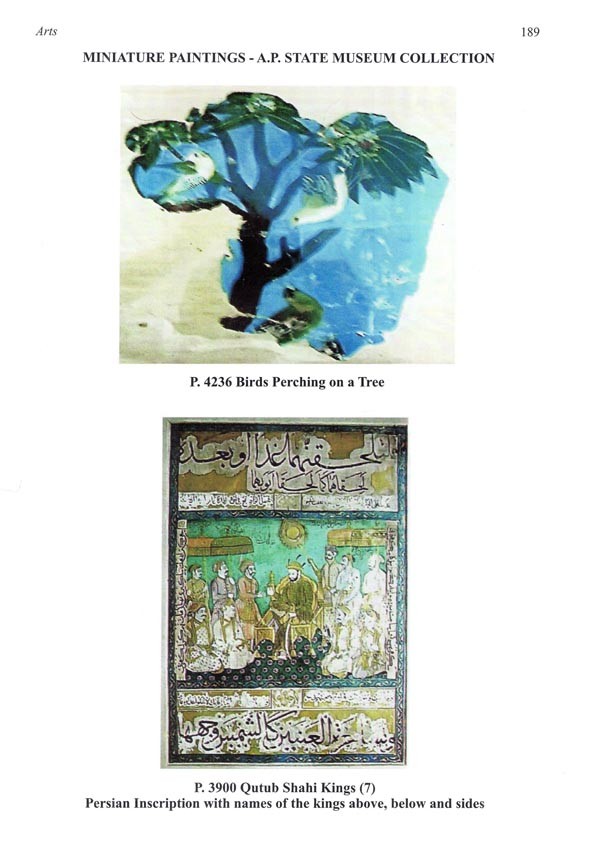About the Book Qutbshahi's were great rulers of Golconda. They ruled the dynasty with the help of Common man. They mingled with Hindus and respected them. Although the Qutbshahi artists were initially inspired by Bahmani and Adil Shahi Art and Architecture, yet, they soon succeeded in creating a very distinct style of their own. They showed interest towards arts and architecture. They patronized Telugu poets. Persian, Urdu and Telugu languages were given similar encouragement. During this period, Hindu Temples were constructed. Many temples received donations from rulers. Various kinds of arts were encouraged. Kalamkaris were of special variety, used as Trade and Commerce products. Miniature Paintings, Cloth Paintings, Painting on Ivory were encouraged. Similar, Chinese Porcelain, Pottery, Metallic objects like Brass, Copper and Bronze, Barware were famous. Vaggayakaras like Kshetrayya and Ram Das of Carnatic Music became very famous during this period. The famous classical Dance from Kuchipudi could get recognition and patronization from Qutub Shahi's. This dance is recognized as the Classical Dance of Andhra Pradesh, reached International reputation.
About the Author Dr. V. Meena Kumari is a Senior Faculty Member (Senior Professor) in the Department of Ancient Indian History, Culture and Archaeology. Osmania University. She graduated from St. Francis Women's College, Secunderabad in Science (B.Sc.). She belongs to the first batch of the Department of Ancient Indian History, Culture and Archaeology, Osmania University (1975-77). She stood first in her Post-Graduation (M.A.). She obtained her M.Phil and Ph.D. from the same department and joined as lecturer at the department. Her specializations are Indian Art History, Museology and Tourism. As a Research Supervisor, 15 Ph.D.'s and 12 M.Phil's are awarded. She evaluated more than 40 Ph.D's from various universities in India. More than 150 articles are published in National and International Proceeding Volumes/Journals. She has delivered lectures in various universities (Academic Staff Colleges). She is a life member in various professional / Academic bodies. She is an author of ten books including from Intermediate level to Post-Graduate levels. She is an Academic Board Member for many Universities.
Introduction In the history of Deccan, after the fall of the Bahamani kingdom, five smaller states emerged and this division led to some important changes in the life of the people sociologically as well as religiously. A free interchange of cultural and religious values across the two major religious communities, i.e., Hindus and Muslims, was one of these changes and this new relationship paved the way to a close association between the two communities despite the inherent differences. In fact the cultural and religions policy of the Qutb Shahi rulers contributed greatly to this kind of unification between the two major religious segments of population despite their constant involvement in wars. This was indeed a rare phenomenon. The religious institutions of the times also served the royal ideals and their implementation in a positive way. Thus, a study of the contemporaneous religious institutions and the role they played in this socio-cultural and) religions unification becomes a significant theme that calls for a close investigation in appreciating this socio-cultural transformation during the rule of Deccan by the Qutb Shahi Sultans. Although the Qutb Shahi kings were the followers of the Shia branch of Islam, they were not religious fanatics. Their religious policy was liberal and they extended patronage to all religious institutions of all denominations. However, the present study is limited to an exploration of the Muslim institutions of the period. These institutions include the mosques, the Dargahs of the Sufi saints, the Ashur Khanas and the religious festivals of the study period (ie., the reign of the Qutb Shahi Sultans).
It is interesting to note that these institutions drew the participation of both Muslims and Hindus equally which promoted tolerance, friendship and established cultural and religious harmony among all the people in the kingdom.
In the early part of the ninth century (ie., 895 A.H.), the Bahamani Governors of Ahmed Nagar, Bijapur and Berar declared independence and this event marks a new chapter in annals of the Deccan. In these new independent provinces, the Qutba was read out in the name of the new kings and every day drums were beaten five times. The Tarafdar of Telangana, Qutb-ul-Mulk also seems to have become an independent ruler. But it is still a controversy among the contemporary historians if he declared his independence. Ferishta claims that Qutb-ul-Mulk assumed sovereignty ever since he was appointed as Tarafdar but formal declaration on the part of Qutb-ul-Mulk does not accord as an act of loyalty."
**Contents and Sample Pages**
